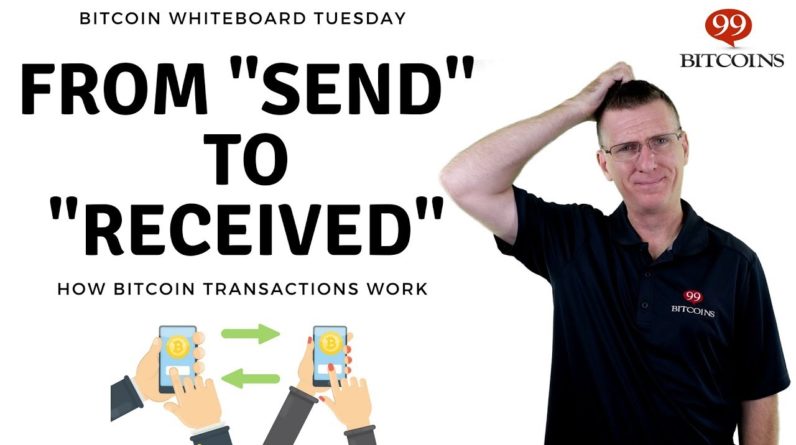
– [Cory] It may not look like it, but I'm creating one of the strongest and most versatile materials
on Earth, graphene. You've probably heard buzz about it. Graphene made big waves back in 2004, and it's knocked around
science news ever since. – A global race for graphene. – You know, it's not just
limited to one little thing. – One of the greatest
discoveries of the 21st century. – [Man] Graphene could be the key to a lot of mind blowing technology. – But that was almost 15 years ago. Where are all of the graphene
wonders that we were promised? The bulletproof armor,
the graphene circuitry, the ultra light airplanes,
the graphene medicine, a space elevator? – [Female Voiceover] So the
next time man walks on the moon, maybe he'll take the
elevator to get there. – Clearly, a lot of the
buzz never went anywhere. But graphene does exist. Engineers have gone to
making one fleck at a time, to producing it by the barrelful.
– Do you want to try to pick it up? – Sure. – [Cory] So the graphene
revolution we were promised may already be in motion. – You can stretch and pull on it, and in fact, a good way to visualize it, is that if you had a big
enough sheet of pure graphene, you could hold up a soccer
ball on just one atomic layer, and that's insane. – [Cory] Joseph Meany is
an analytical chemist, who coauthored a book about
the promise of graphene. He explained to us that
graphene is just carbon, like coal, or graphite, or diamond. The difference is in how the carbon atoms are bonded together, and in the unique shape
the material takes. – [Joseph] So it's just
a single atom sheet, there's no z dimension
to speak of in graphene. And these atoms of carbon
are arranged in interlocking or tessellated hexagons,
kind of like a chicken wire. The bonds between the carbon atoms are actually extremely strong. – Back in 2004, researchers
in the UK discovered that they could produce graphene with some shockingly simple tools. A hunk of a particular type if graphite, and some standard issue tape.
– [Joseph] Yeah, it was
just a very large hunk that you could hold in your
hand, and they took the tape and put it down onto the
surface of the graphite, and just lifted it off. – From there, they used chemicals
to dissolve away the tape, and they were left with
tiny flakes of graphene with remarkable properties. It's impossibly light,
yet incredibly strong. It's flexible, and it's a
highly efficient conductor of electricity. The researchers won a Nobel Prize in 2010, and today in 2018, literally
everything around us is built or enhanced with graphene. Okay, not quite. – [Phillip] Yeah, I think
it's very easy for the media and for the press to seize on any new scientific or technological development as something that's
going to be be transformative, you know, scientists come with
these amazing new materials and then everything changes, and of course it never
really happens that way.
– [Cory] Phillip Ball is a
reporter who's written a bunch about the graphene hype machine. And I asked him to throw
some cold water on the story. – [Phillip] Hello? – Hi, is this Phillip Ball? – [Phillip] It is, yes. – Hi, how are you doing? This is Cory calling from the Verge, – [Phillip] Hi, hello, Cory. Of course with any new technology, the reality is it generally
takes years to develop it. It would be unreasonable
to expect graphene to transform our lives overnight. – The uphill battle for any new material is that it can't just be better
than existing technology, it has to be much better. Phillip says that's
the issue with graphene replacing silicon in electronics. – [Phillip] Certainly there are companies who are exploring its use as a conductive electronic material. But of course we already
have such materials, and graphene has really
got to have big advantages over what we have already
if it's going to displace what is already well
established, mature, technology.
– But that's not to say that
graphene hasn't gone anywhere in 15 years. We found some engineers
who are making materials with graphene today,
materials that could one day even end up in space ships. The company is Vorbeck Materials, and their president, John Lettow, showed me how far they've come
with graphene mass production and he gave us a free sample. Literally it's like floating in the vial. – And so if you open that up, you can take out, this is a
bag of about 1.5 kilograms of graphene fits in a 30 gallon container. So it's very light,
sort of very voluminous, in it's sort of raw state.

– [Cory] Vorbeck is introducing its manufactured graphene powder to all sorts of industrial
and consumer products, like RFID tags, clothing, and even rubber. So you take the graphene,
you blend it into rubber, and the rubber they use,
sort of big blenders almost, that beat the rubber around,
mix the graphene into it, and what you get by mixing
the graphene with the rubber is very high temperature capabilities, and also very high strength. – Thinking about an application for this, you talked about space ships right? – Right. – You're going through
extremely high temperature to extremely cold
temperature in out er space, you don't want rubber that
would expand and contract and lose its strength over time.
– Exactly. – This material won't do that? – That's exactly right. – [Cory] And on the electronics front, Vorbeck has created graphene based inks that can be printed en mass
on standard printing presses. When printed on water proof
fabrics, they can be washed, heated, ironed, wrinkled, and twisted, without damaging the circuits. This is extremely promising for the future of graphene based wearable electronics, which John says we should be
on the lookout for in 2019. – What we really hope is
that we can walk into a room, five years from now, and
most people in that room will have an article of clothing that has graphene wearable
electronics in it.
– So there are big things
happening with graphene, we just have to be patient, and we can't believe
everything we read about it. And for what it's worth,
we've been here before. – [Phillip] It's this sort
of long standing notion of a wonder material. I think it does go back to
the dawn of the plastic age in the 1920s and 1930s. You know, you saw all the
same kinds of promises made for them, that they were going to
be these wonder materials that would do everything. – I just want to say one
word to you, just one word. – Yes sir? – Are you listening? – Yes sir, I am. – Plastics. – [Phillip] Plastics, you know, they clearly had a huge impact and they do all kinds of useful things, but they have their limitations too. I guess it was really a sort of reference to this sort of longstanding
idea of wonder materials that were you know, going to
solve every problem. – Graphene might not be a wonder material any more than plastic is,
but the way John sees it, if graphene works well on its own merits, the hype won't matter at all.
– We really don't want
our customers to care whether it's graphene or not. What we want them to
know is that this thing, this device that you're
using, works better, for longer, than anything
else you can get. And whether it has graphene in it, whether they advertise
it and use that hype as part of the marketing or not, is sort of completely irrelevant. It just is better. – Hey everyone, thanks for watching. If you have any ideas for a material you'd like us to check
out, please let us know in the comments below and
don't forget to subscribe to our new Verge science YouTube channel, where we're putting
out a video every week.
Thanks!.




